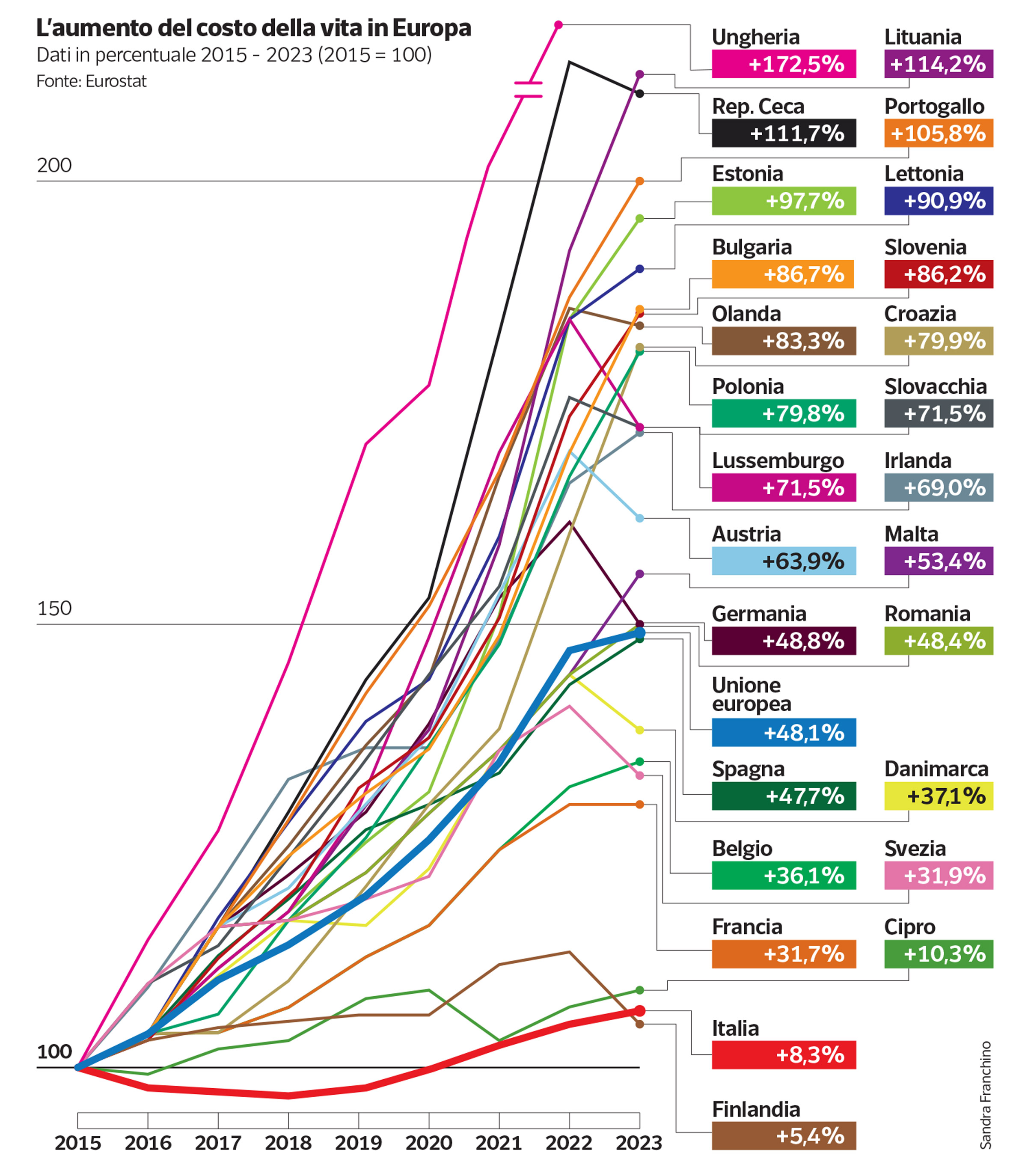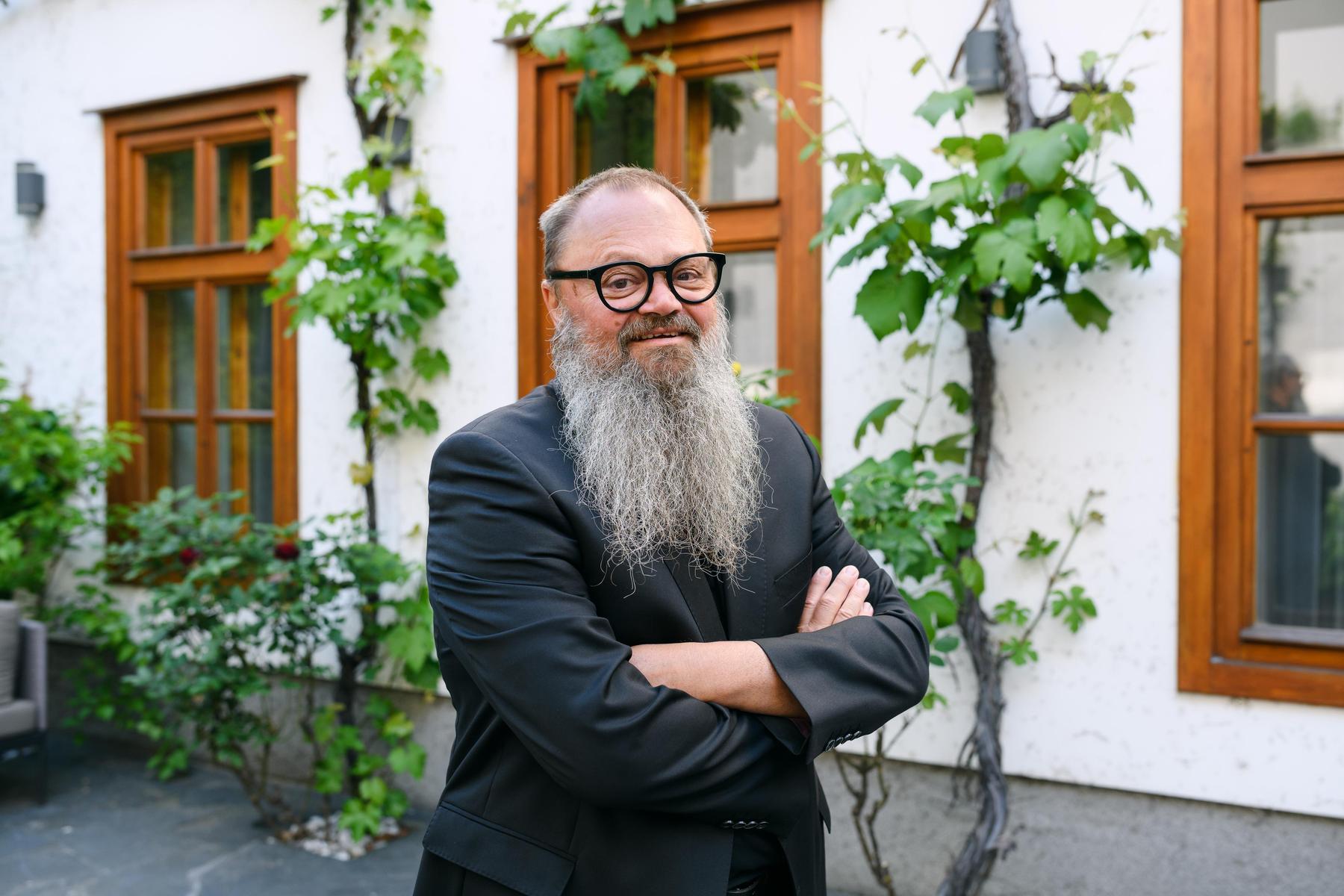Rent & Purchases: Better to live in a room in the center or in a house in the hinterland?

Tim, 21 years old, takes the plane twice a week to attend courses at the British Columbia: he spends 1000 dollars a month but can continue to live from his parents to Calgary while an apartment would cost 2500. In the meantime, in Europe there are no more happy islands: since 2015 the prices have increased by almost 50 percent
THEN Canada Tim Chen, a 21 -year -old student, takes the plane twice a week to follow the courses at the British Columbia. It seems paradoxical, yet saving: He lives with his parents in Calgary, the university is in Vancouver, 970 kilometers away. Flights cost less than a thousand dollars a month, the rent would be 2500 dollars. Finding home is a global problem. The citizens of several parts of the world has so much united that lowering the prices of rents has become one of the slogans of the electoral campaigns.
In Germany, the leftist party Die Linke led by Heidi Reichinnek flawed the votes of the under 24s precisely for having aimed so much against the rates of the rents. In Spain, the real estate bubble paralyes some large cities: In Valencia the agencies remained without apartments to sell. If in 2019 there were 13,364 homes in the city, in March of this year About 3,000 have reached. Now the Town Hall promotes an initiative that would like to make students and the elderly coexist.
The Finnish case
Same problems of housing crisis in Portugal, Ireland, Lithuania, Greece. According to a report by the European Parliament, from 2015 to 2023, the average price of properties in Europe increased by 48.1%. In Italy, the growth is 8.3% but the highest increase records Hungary, reaching +172.5%. On the other hand, the lowest figure is in Finland (+ 5.4%). These data influence those of the age in which young people leave their parents’ house. In our country, the average is thirty years old, but the highest is recorded in Croatia (almost 32) and the lower one in Finland: only 21 there are those who already live on their own.
22 euros/sqm is the average of the average rent requested in the city in Milan. 46% The increase in the average price for the sale of a property in the last 8 years in Sesto San Giovanni
Living in large cities, however, you know, costs. As a well -known local expression says « Milan is a great Milan » (and not only in terms of opportunities). And who is to pay the price of this greatness? Especially those who live in the metropolis. Whether they are residents or domiciled little changes because the costs of rentals and houses for sale have both climbed to the stars. As emerges from a recent study carried out by Professor Carlo Cottarelli, the capital is attending a deficit between supply and housing demand today in a relationship equal to 261% in favor of the first. A gap that, according to the professor, is destined to expand to the light of an estimated total request of 9,300 new houses every year until 2038.
Reverse trend
One might think that in the general Italian demographic decline, the demand for new residences in Milan is destined to reduce itself. But the study reveals that it will not be so. In fact, unlike other cities, the Milanese population will grow in the coming years. The numbers made known by the Administration say that it will go from 1,419,100 residents in 2023 to 1,483,400 in 2039. There is also another aspect to be taken into consideration: the families are becoming smaller and smaller. Also according to Palazzo Marino, the number of people per family will go from 1.85 units in 2023 to 1.76 in 2039. Even in the face of a equality of the population, however, there will be a need for an increase in the availability of apartments.
The Assago case
« In 2016, to afford a house in Milan, an expense of about 3,600 euros/sqm had to be taken into account, while in the suburbs of less than 1,900 euros/m2 – they communicate the analysts of Immobiliare.it -. Now, however, the cost of the houses in the capital exceeds 5,400 euros/m2, with the hinterland remaining at 2,240 euros/m2. In essence, buying in the suburbs you spend less than half than a purchase in the center ». The municipality of the hinterland that approaches Milan in terms of costs is Assago, where those who sell a property requests, on average, over 3,800 euros/m2. Segrate follow, with 3,450 euros/medium square meters, and Cernusco sul Naviglio, with 3,350 euros/m2. The municipality in which, on the other hand, the average prices have risen more if related to 8 years ago is Sesto San Giovanni, with a + 46% for just under 2,900 euros/m2. «The continuous growth of prices has prompted students and young workers to look for housing solutions elsewhere, in the locality also far from the city center but still well connected thanks to the public transport network. A process that has inevitably led to a revaluation of properties, even in less central municipalities « , explains Antonio Intini, Chief Business Development Officer of Immobiliare.it.
As for rents, the place of the most expensive Milanese hinterland is Vimodrone, with 16.3 euros/sqm on average (+59% from 2016 to today). In second place Assago, with 15.8 euros/medium square meters, in front of Cernusco sul Naviglio (15.2 euros/m2) and Segrate (14.9 euros/m2).







